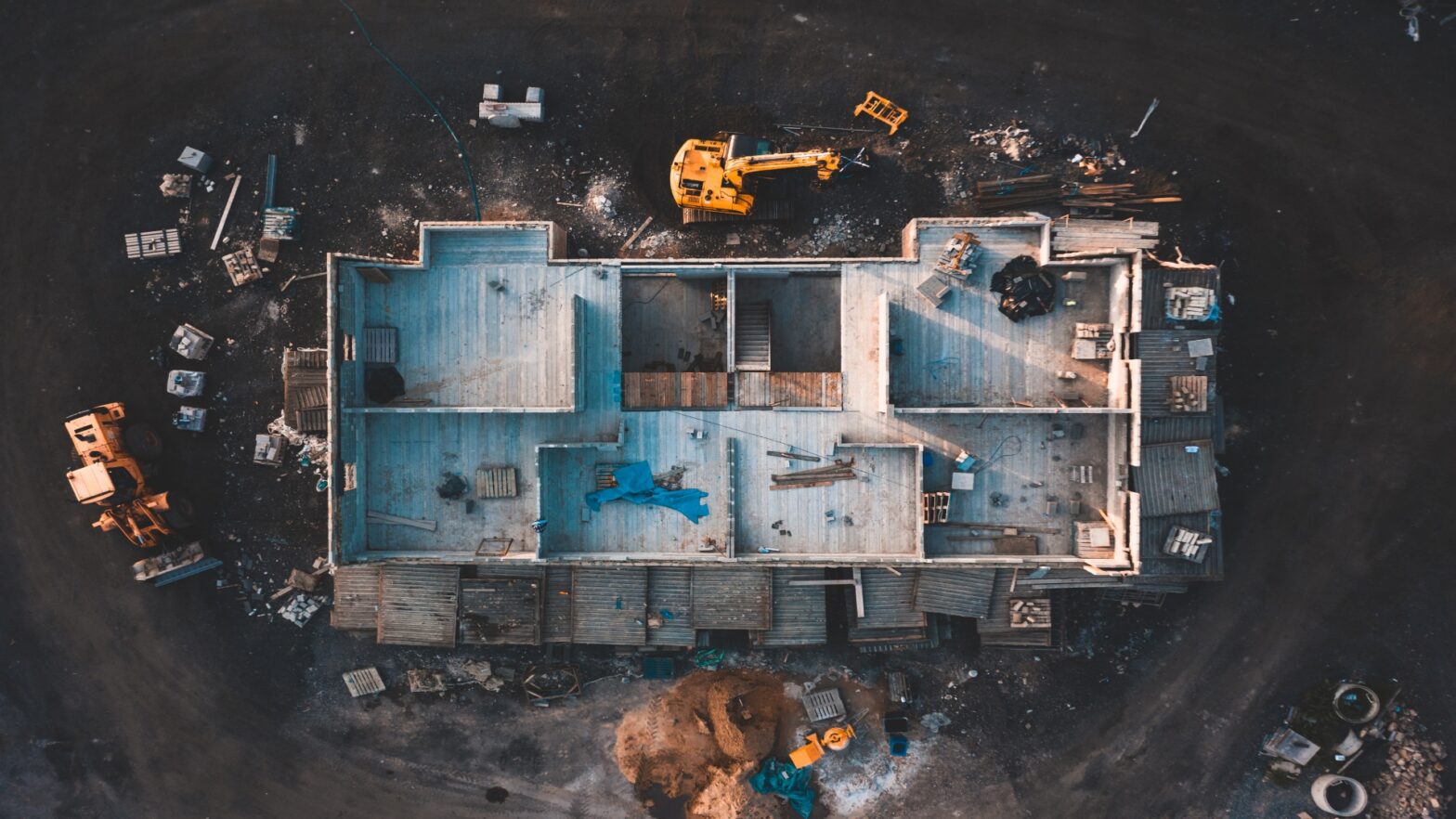How Water Can Heavily Impact Your Construction Project
When it comes to construction projects, water can be a formidable adversary. From the initial planning stages to the project completion, water can significantly influence the timeline, cost, and quality of a project.
Understanding and mitigating the impact of water is crucial for the success of any construction project.
Below we investigate how water can impact your construction project and ways one can mitigate risk.
1. Site Selection and Preparation
Before breaking ground, the selection and preparation of a construction site are critical steps where water-related issues can arise. Sites near bodies of water, in flood zones, or with high water tables require careful consideration and potentially costly measures to ensure stability and safety.
Flood Risk
Constructing in flood-prone areas necessitates comprehensive flood risk assessments and the implementation of mitigation strategies such as levees, floodwalls, or raised foundations. These additional structures can significantly increase the project’s cost and complexity.
Soil Saturation
High water tables or clay-rich soils can retain moisture, leading to soil saturation. This can compromise the soil’s bearing capacity, causing issues with foundation stability. Addressing these concerns might require soil testing, drainage solutions, or soil stabilisation techniques, all of which add to the project timeline and budget.
2. Foundation and Structural Integrity
The foundation is the cornerstone of any construction project, and water can pose a significant threat to its integrity.
Hydrostatic Pressure
Water accumulating around the foundation can exert hydrostatic pressure, leading to cracks and structural damage. Proper drainage systems, waterproofing, and the use of sump pumps are essential to prevent water infiltration and protect the foundation.
Erosion
Water runoff can erode soil around the foundation, weakening the support and leading to settlement issues. Implementing erosion control measures, such as retaining walls, proper grading, and vegetation, can help maintain the integrity of the foundation.
3. Construction Delays
Weather conditions, particularly rainfall, can cause significant delays in construction projects. Wet conditions can halt work, making it unsafe or impractical to continue.
Site Access
Heavy rains can make construction sites muddy and difficult to navigate, delaying material deliveries and movement of heavy equipment. Ensuring proper site drainage and using temporary access roads can help mitigate these delays.
Concrete Curing
Concrete needs specific conditions to cure properly. Excessive moisture can weaken the final product, leading to delays as contractors wait for optimal conditions or take additional steps to control the curing environment.
4. Material Degradation
Water can adversely affect construction materials, leading to degradation and increased maintenance costs.
Wood Rot and Mould
Prolonged exposure to moisture can cause wood to rot or develop mould, compromising structural integrity and indoor air quality. Using treated lumber, ensuring proper ventilation, and employing moisture barriers can help protect wood components.
Corrosion
Metals exposed to moisture can corrode, weakening structural elements and necessitating repairs or replacements. Using corrosion-resistant materials and protective coatings can mitigate this risk.
5. Operational Costs and Long-term Maintenance
Water-related issues don’t end with the construction phase; they can have long-term implications on the building’s operational costs and maintenance.
Energy Efficiency
Improper waterproofing and insulation can lead to moisture infiltration, reducing energy efficiency and increasing heating and cooling costs. Ensuring proper sealing and insulation during construction can mitigate these issues.
Maintenance and Repairs
Buildings exposed to water damage may require frequent maintenance and repairs, increasing operational costs over time. Implementing robust waterproofing and drainage solutions during construction can save money and resources in the long run.
6. Legal and Regulatory Compliance
Failing to address water-related issues can lead to non-compliance with building codes and regulations, resulting in legal consequences and project delays.
Environmental Regulations
Construction near water bodies must comply with environmental regulations to prevent contamination and protect ecosystems. This may involve additional permits and assessments, extending the project timeline.
Building Codes
Compliance with local building codes regarding waterproofing, drainage, and flood protection is essential to avoid fines and ensure the safety and durability of the structure.
Conclusion
Water can be both a vital resource and a formidable challenge in construction projects. From site selection to long-term maintenance, its impact is far-reaching and multifaceted. Proactively addressing water-related issues through careful planning, appropriate materials, and robust construction practices can safeguard the integrity, safety, and success of your project. There are water treatment solutions offered by professionals that can help you reduce the negative impact that it has on your project.
By understanding the potential challenges and implementing effective mitigation strategies, you can ensure that water becomes a managed element rather than an adversary in your construction project.



























